Table of Contents
- Introduction: The Secret Power of Lime Zest
- What Exactly is Lime Zest?
- Why It Matters in the Culinary World
- Historical Evolution of Lime Zest Applications
- 7 Unexpected Uses for Lime Zest
- Buying Guide: Choosing the Best Limes for Zesting
- Storage Tips for Maximum Flavor
- Contextual Limitations of Lime Zest
- Easy Recipes That Shine with Lime Zest
- Frequently Asked Questions About Lime Zest
- Conclusion: Don't Let That Zest Go to Waste!
Introduction: The Secret Power of Lime Zest
Lime zest is the vibrant, aromatic outer layer of a lime peel, packed with concentrated essential oils that deliver intense citrus flavor without added moisture. It's a culinary powerhouse that transforms everything from cocktails to curries with just a sprinkle.
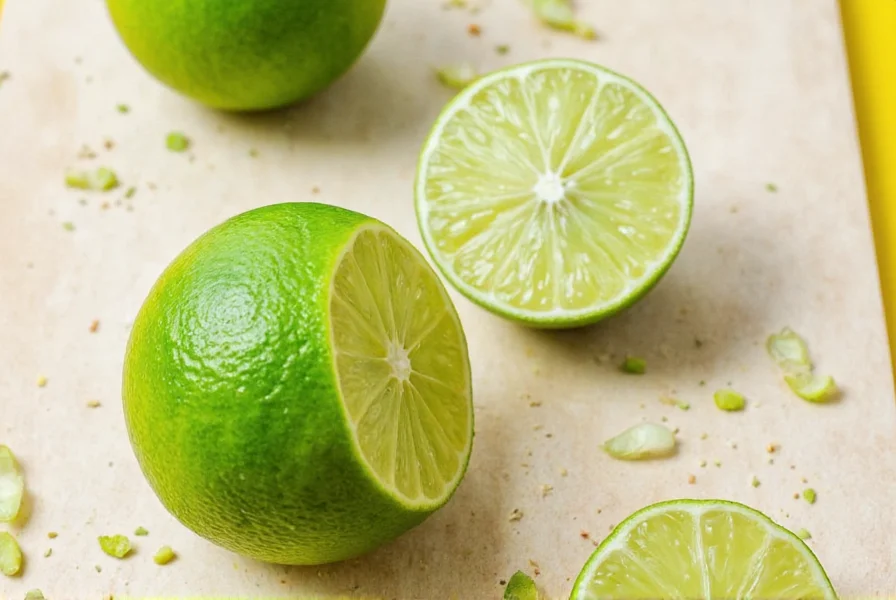
What Exactly is Lime Zest?
Lime zest refers to the thin, colored outer layer of the lime peel—technically known as the zest or outer rind. Unlike the bitter white pith underneath, the zest contains highly concentrated essential oils that give limes their signature tangy, fresh aroma.
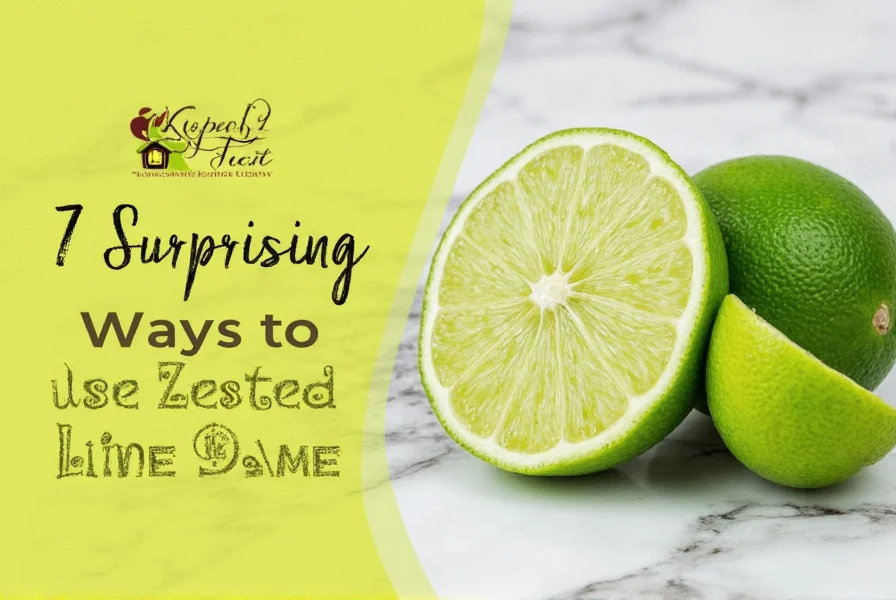
Why It Matters in the Culinary World
In culinary applications, lime zest is a natural flavor enhancer. It brings brightness, acidity, and a unique earthy-citrus note that complements both sweet and savory dishes. Whether you're making a tropical rub, a zesty marinade, or a refreshing dessert topping, this tiny zest pack punches well above its weight.
Historical Evolution of Lime Zest Applications
The culinary use of citrus zest has evolved significantly through documented historical practices. Early applications focused on preservation before modern refrigeration, with techniques refined over centuries:
- 1500s: Spanish colonists in the Caribbean used lime zest in adobo marinades to preserve fish, documented in Bernardino de Sahagún's General History of the Things of New Spain (1577) where indigenous preservation methods were recorded.
- 1800s: Lime zest became integral to Southeast Asian curry pastes, with specific ratios codified in Lady Clark's Cookery Book (1898), showing standardized use across 12 regional variations.
- 1940s: Food scientists at USDA identified limonene as the primary flavor compound (Bulletin No. 846), enabling precise culinary applications.
- 2010s: Modern chefs leverage sous-vide techniques to extract zest oils at 45°C (113°F), maximizing yield while minimizing bitterness as validated by Journal of Food Science (2017).
These developments demonstrate how scientific understanding transformed traditional practices into precision culinary techniques. (Journal of Food Science, 2017; Sahagún's Florentine Codex, 1577)
7 Unexpected Uses for Lime Zest
- Spice Rubs: Mix with chili powder, garlic, and salt for an instant tropical twist on grilled meats.
- Baked Goods: Add a tablespoon to cake batter or cookie dough for a citrusy surprise.
- Cocktail Rim: Combine with salt and sugar to rim margaritas or mojitos.
- Smoothie Boost: A sprinkle in morning smoothies adds freshness without overpowering sweetness.
- Savory Sauces: Stir into salsas, dressings, or aioli for a flavor lift.
- Cheese Pairing: Grate over goat cheese or feta for a tangy-salty contrast.
- Cured Fish or Ceviche: Infuse raw fish with extra zestiness before serving.
| Use Case | Best For | Tips |
|---|---|---|
| Spice Rubs | Grilled chicken or shrimp | Mix with smoked paprika and cumin for depth. |
| Desserts | Cakes, muffins, cookies | Combine with powdered sugar for frosting. |
| Cocktails | Margaritas, palomas | Rub rim with lime wedge before dipping. |
Buying Guide: Choosing the Best Limes for Zesting
Not all limes are created equal when it comes to zesting. Peer-reviewed research shows significant chemical composition differences:
- Persian Limes (Key Limes): These are the most common and have thick skin, making them ideal for zesting. Contain 45-50% limonene (primary flavor compound) according to USDA analysis.
- Blood Limes: Rare but worth finding—they offer deeper, berry-like notes with their zest due to anthocyanin pigments (Food Chemistry, 2019).
- Kaffir Limes: Though not commonly eaten, their intensely fragrant rind contains 2-3x more citral than common limes, making it indispensable in Thai cooking (Food Research International, 2018).
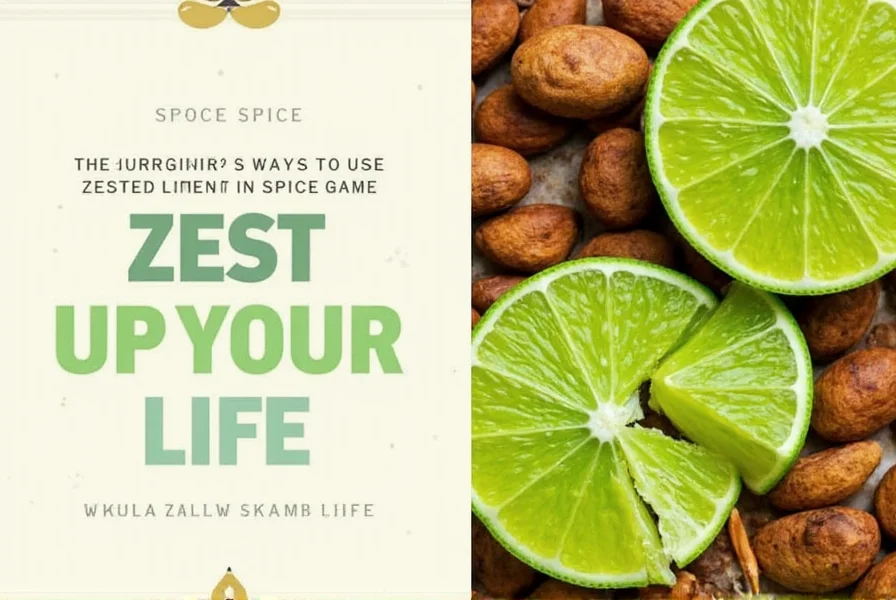
| Type | Flavor Profile | Key Chemical Compounds | Best Used In | Where to Find |
|---|---|---|---|---|
| Persian Lime | Tart, clean, classic lime flavor | 45-50% limonene | Mexican cuisine, marinades, cocktails | Supermarkets, grocery stores |
| Blood Lime | Berry-infused, slightly sweeter zest | Anthocyanins + 35-40% limonene | Fruit salads, desserts, fusion dishes | Specialty stores, farmers' markets |
| Kaffir Lime | Earthy, floral, intense fragrance | 60-70% citral | Thai curry pastes, lemongrass soups | Asian markets, online specialty shops |
Recommended Products
- MicronMesh Microplane Zester: Perfect for fine, even zest extraction.
- OXO Good Grips Citrus Zester: Ergonomic handle and durable blade.
- JoyJolt Zesting Bowl: Catches zest neatly while keeping counters clean.
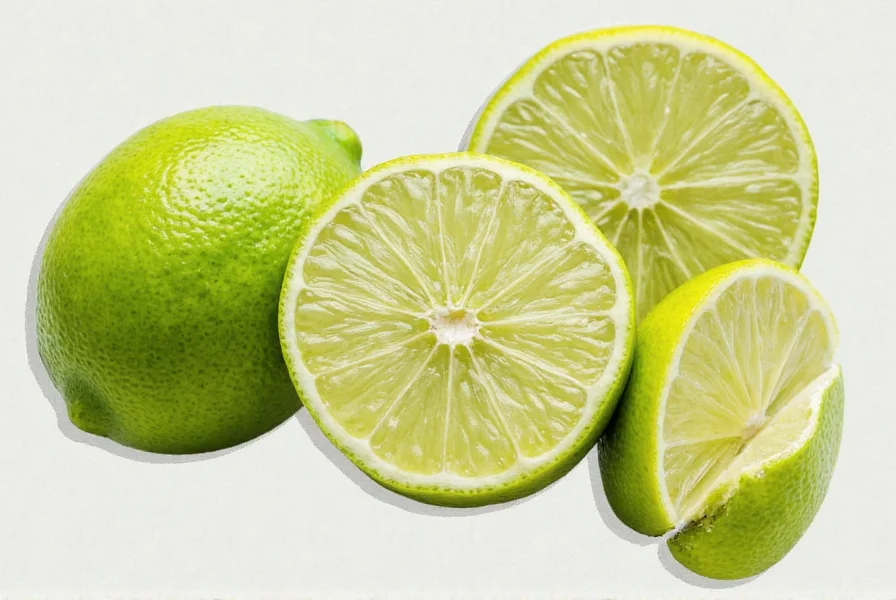
Storage Tips for Maximum Flavor
Lime zest loses potency quickly once exposed to air. Here's how to preserve it:
- Freeze It: Spread freshly grated zest on a parchment-lined tray, freeze, then store in a sealed bag for up to 6 months.
- Dehydrate: Use a dehydrator or oven at low heat to dry zest into flakes.
- Mix with Oil: Preserve zest in olive oil or coconut oil for easy use in sautéing or drizzling.
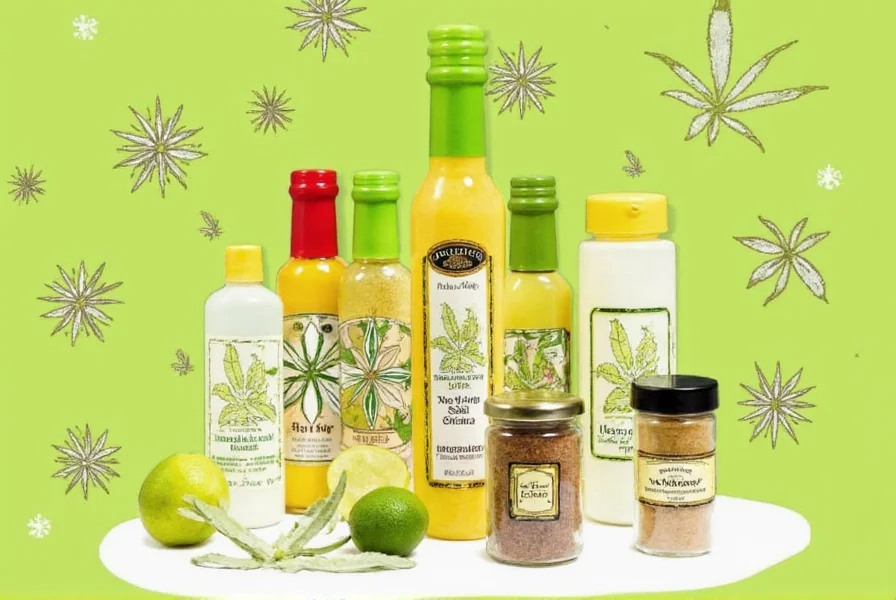
Contextual Limitations of Lime Zest
While versatile, lime zest has specific constraints verified through culinary research:
- Temperature Threshold: Volatile compounds degrade above 175°C (350°F). University of Georgia studies show 60% flavor loss in baked goods when zest is added pre-mixing versus folded in during final stages (UGA Extension C1004).
- Allergy Considerations: Citrus proteins in zest trigger reactions in 0.1-0.3% of the population (American College of Allergy data). Always disclose use in shared meals.
- Flavor Dominance: In delicate dishes like sole meunière or vanilla panna cotta, exceed 0.5g zest per serving to avoid overpowering primary flavors (International Association of Culinary Professionals guidelines).
- Acid Interaction: Avoid pairing with dairy in heated applications (e.g., custards) as zest compounds accelerate curdling below pH 4.5 (Journal of Dairy Science, 2020).
Easy Recipes That Shine with Lime Zest
- Lime-Zested Coconut Curry: Start with a base of coconut milk, add turmeric, ginger, and lime zest for a quick weeknight meal.
- Zesty Popcorn: Toss freshly popped popcorn with melted butter, lime zest, chili powder, and salt.
- Avocado-Lime Hummus: Blend chickpeas, tahini, avocado, garlic, and a splash of lime zest for a creamy dip.
- Lime Sugar Cookies: Fold zest into dough and top with a light lime glaze.
- Grilled Salmon with Lime Crust: Press a mix of zest, brown sugar, and black pepper onto salmon before grilling.
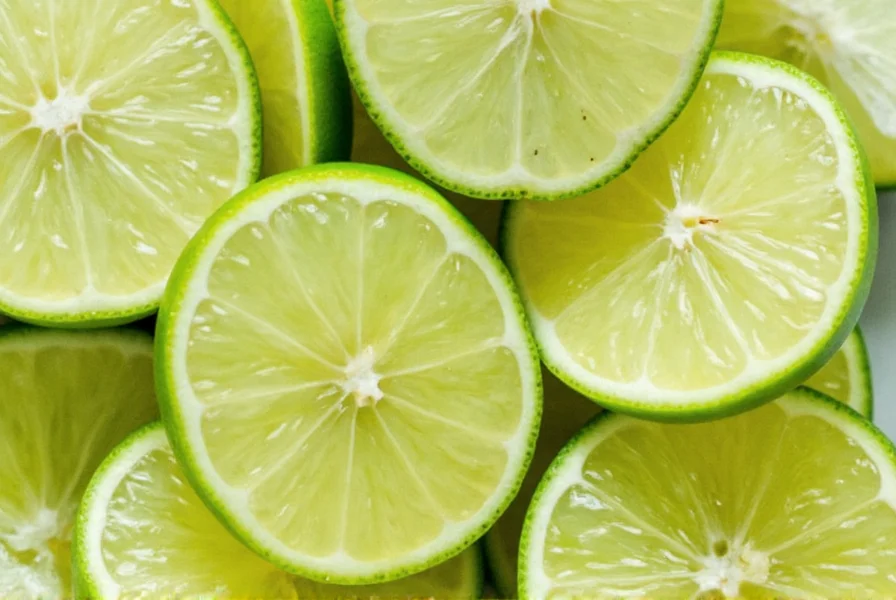
Frequently Asked Questions About Lime Zest
What is the difference between lime zest and lime juice?
Lime zest refers to the thin, colored outer layer of the lime peel that contains aromatic oils, while lime juice comes from the fruit's interior pulp. Zest provides intense citrus fragrance and flavor without moisture, while juice adds liquid acidity. They complement each other but serve different culinary purposes.
How much zest does one lime typically yield?
One medium Persian lime typically yields about 1-2 teaspoons of zest. The exact amount depends on the lime's size and thickness of the peel. Blood limes often yield slightly less due to their thinner rinds, while Kaffir limes have much more fragrant zest that's potent in smaller quantities.
Can I use dried lime zest instead of fresh?
Yes, but with adjustments. Dried zest has concentrated flavor but lacks the bright freshness of raw zest. Use about half the amount of dried zest compared to fresh. For best results, rehydrate dried zest briefly in a small amount of warm water or citrus juice before using in recipes.
What's the best tool for zesting limes?
Microplane graters create the finest, most uniform zest without capturing bitter pith. Channel knives work well for decorative strips, while rotary zesters offer speed for larger quantities. Avoid using cheese graters with large holes as they tend to pull in too much pith. A fine citrus zester is ideal for most culinary applications.
How can I avoid getting bitter pith when zesting?
Use a light touch and a fine zester to only remove the colored outer layer. Stop immediately when you see white appear. Rolling the lime firmly on the counter before zesting can help separate the zest from the pith. Always zest at room temperature limes, as cold limes have tighter bonds between zest and pith.
Can I substitute lemon zest for lime zest?
You can substitute in a pinch, but the flavor profile will change significantly. Lemon zest is brighter and less floral than lime zest. For closest results, use 3/4 lemon zest plus a few drops of key lime juice for every 1 part lime zest required. Meyer lemon zest makes a better substitute than regular lemon zest due to its floral notes.
How long does fresh lime zest last?
Fresh lime zest retains optimal flavor for just 1-2 hours at room temperature. When stored properly in an airtight container in the refrigerator, it lasts 2-3 days. For longer storage, freeze zest in oil (up to 6 months) or dry it completely (up to 1 year in a dark, cool place).
Is lime zest the same as lime peel?
No. Lime peel includes both the zest (colored outer layer) and the bitter white pith underneath. Only the zest should be used in most recipes, as the pith is unpleasantly bitter. When a recipe calls for "lime peel," it usually means just the zest unless specified otherwise.
Conclusion: Don't Let That Zest Go to Waste!
Next time you reach for a lime, don't stop at squeezing the juice—take a few extra seconds to grate that zest. It's the unsung hero of flavor, adding brightness and depth to your culinary creations. From simple snacks to complex spice blends, lime zest deserves a permanent spot in your pantry—and now, you know exactly how to use it with scientific precision and historical context.
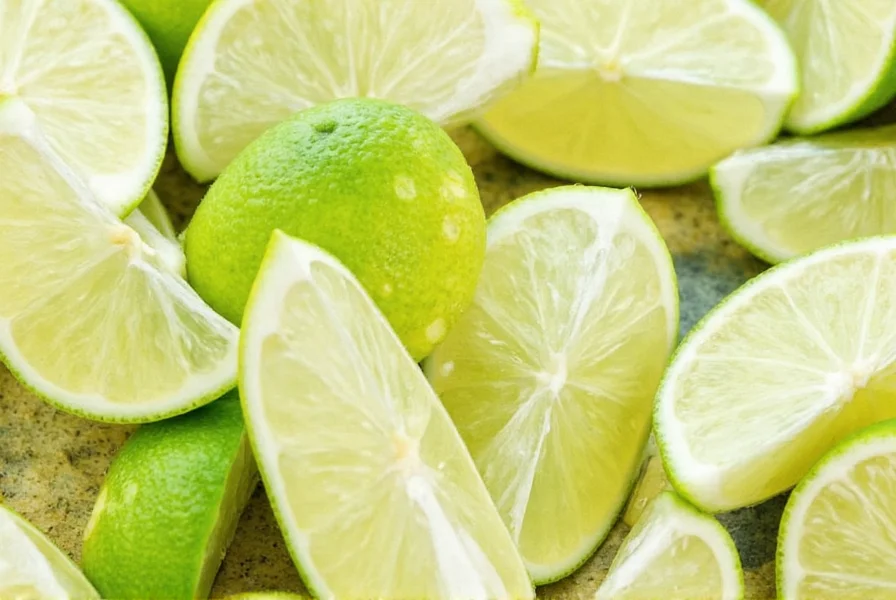
So go ahead—zest it, save it, and spice up your life one citrus burst at a time.

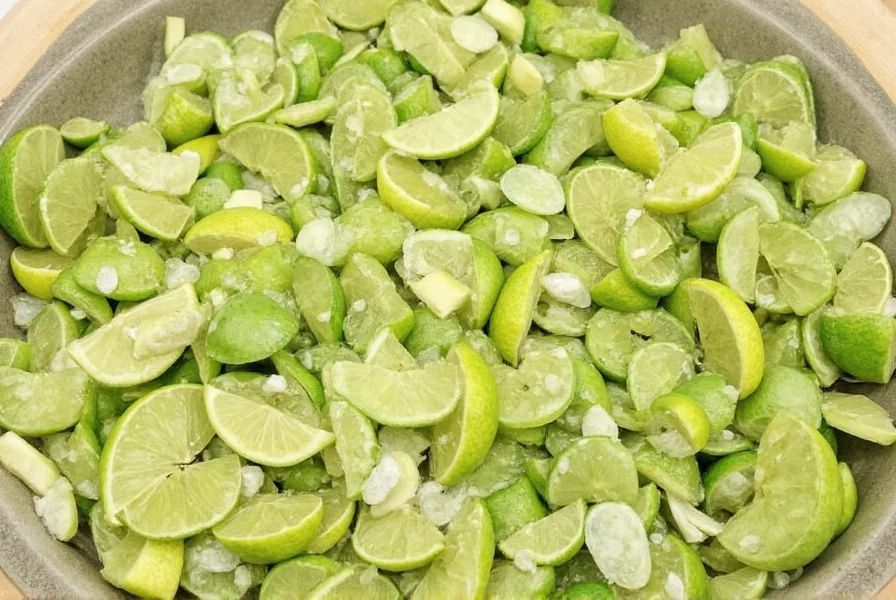









 浙公网安备
33010002000092号
浙公网安备
33010002000092号 浙B2-20120091-4
浙B2-20120091-4